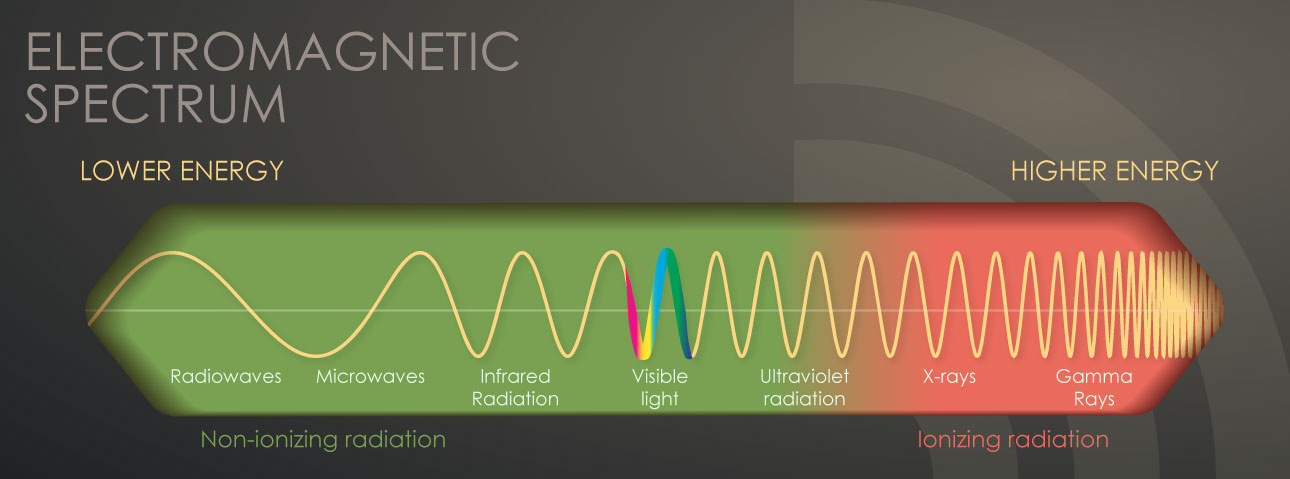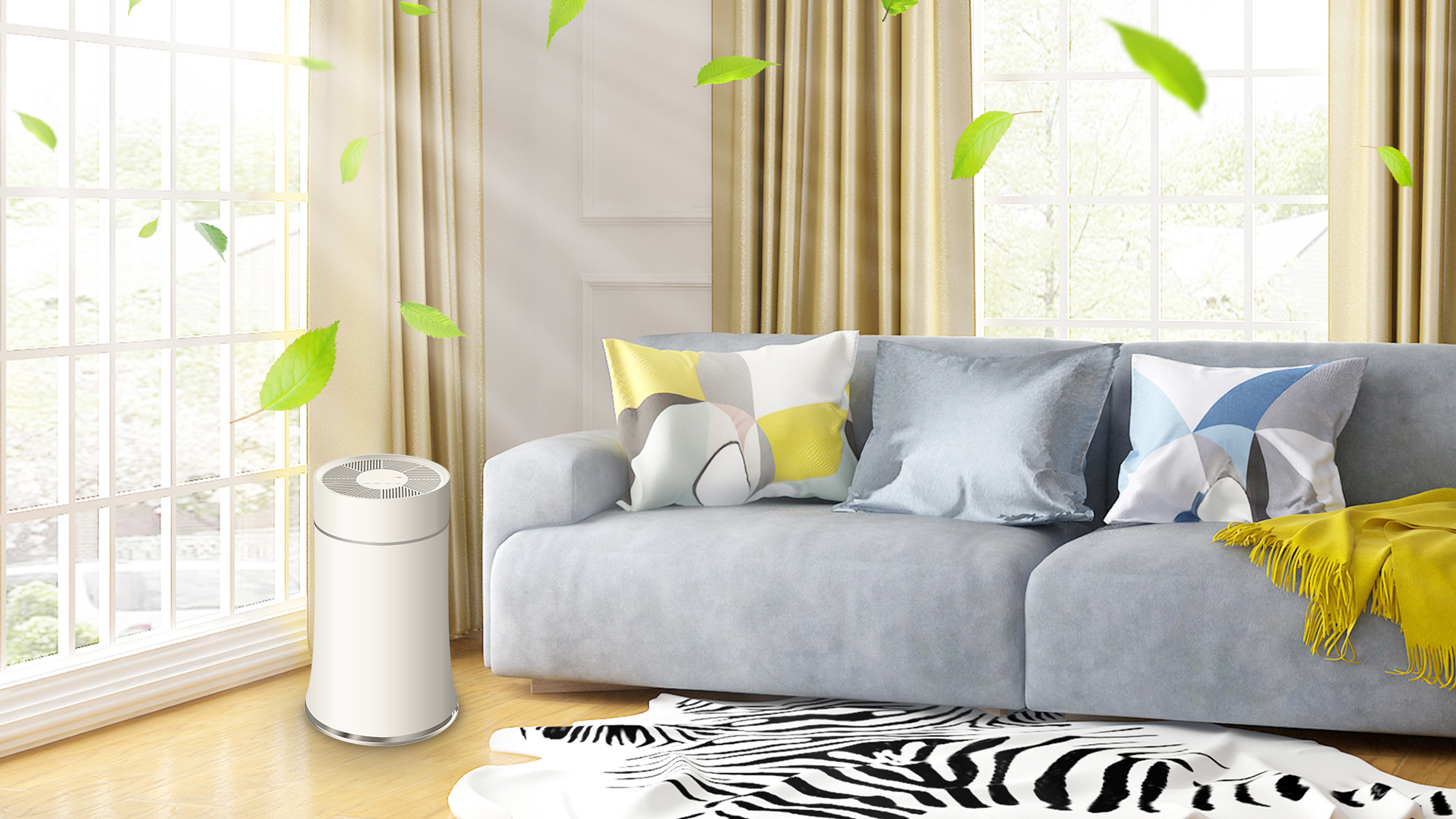Indoor air pollution is a significant concern in many countries, including the United States, South Korea, Japan, and China. Poor indoor air quality can cause a variety of health problems, including respiratory issues, allergies, and headaches. One solution to this problem is the use of indoor air purifiers.
Indoor air purifiers are devices that remove pollutants and contaminants from the air. They work by using a combination of filters and air-cleaning technologies, such as ultraviolet (UV) light and ionizers, to remove particles and chemicals from the air.
The use of indoor air purifiers is recommended by several countries, including the United States, South Korea, and Japan. In the United States, the Environmental Protection Agency (EPA) recommends the use of air purifiers to improve indoor air quality. The EPA suggests using air purifiers with High-Efficiency Particulate Air (HEPA) filters to remove airborne particles, such as dust, pollen, and pet dander.
In South Korea, the Ministry of Environment has launched a campaign to promote the use of air purifiers in homes and offices. The government has also set standards for air purifier performance and safety. In Japan, the Ministry of Health, Labour and Welfare recommends the use of air purifiers to reduce the risk of respiratory diseases.
According to a report by ResearchAndMarkets.com, the global air purifier market was valued at USD 8.3 billion in 2020 and is expected to reach USD 15.2 billion by 2026. The report cites the increasing concern for indoor air quality as a key driver of this growth.
China, as one of the major players in the air purifier market, has a competitive edge in product manufacturing. According to a report by QY Research, China is the largest producer and consumer of air purifiers in the world, accounting for more than 60% of global production. The report attributes China’s success in the air purifier market to its advanced manufacturing technology and low labor costs.
In addition, China has implemented its own national standards for air purifiers, which are more stringent than those in other countries. The standards require air purifiers to meet specific performance and safety requirements, including a minimum Clean Air Delivery Rate (CADR) and noise level.
China’s air purifier market has also seen significant growth in recent years. According to a report by Technavio, the Chinese air purifier market is expected to grow at a CAGR of 22% from 2020 to 2024. The report cites the increasing urbanization, rising awareness of air pollution, and government initiatives to improve air quality as key factors driving this growth.
In conclusion, the use of indoor air purifiers is recommended by several countries, including the United States, South Korea, and Japan, as a solution to poor indoor air quality. The global air purifier market is expected to see significant growth in the coming years, with China being one of the major players due to its advanced manufacturing technology and low labor costs. China’s air purifier market has also seen significant growth in recent years, with government initiatives and rising awareness of air pollution being key factors driving this growth. With the implementation of stringent national standards for air purifiers, China’s air purifier market is expected to continue its growth trajectory in the future.
If you have any demand for air purifier products, please contact our email: info@leeyopilot.com. As an OEM manufacturer and supplier specializing in the manufacture and production of air purifiers in China, we can provide you with professional product support and customized ODM services. Our email contact will be open for you 24h/7days.
Post time: Mar-11-2023




